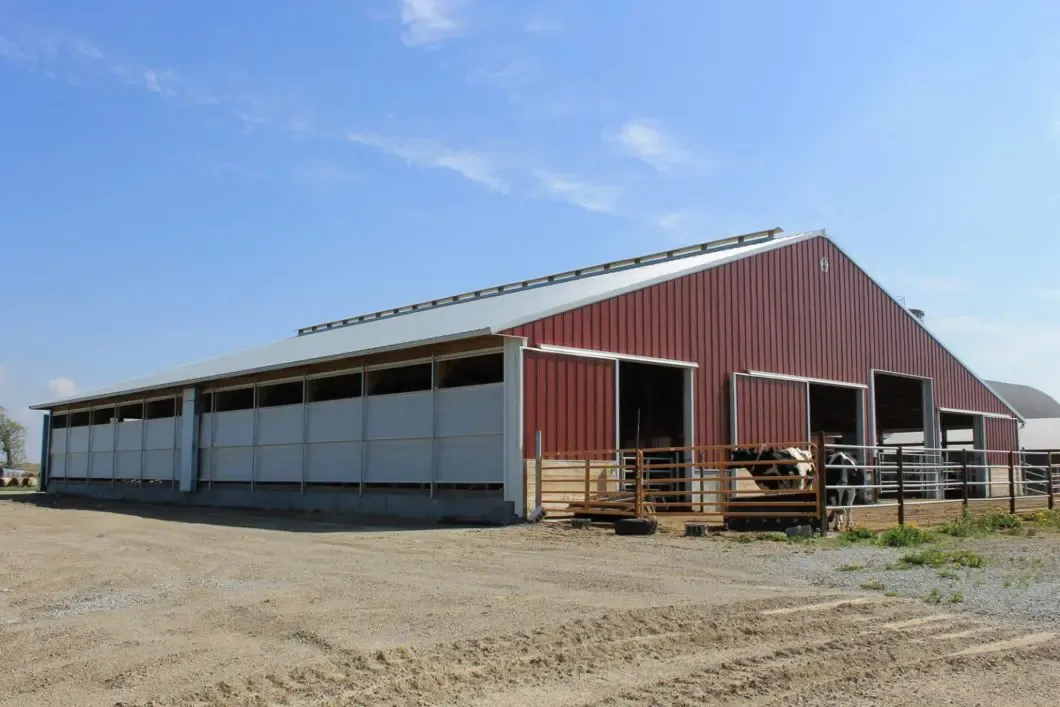- Afrikaans
- Albanian
- Amharic
- Arabic
- Armenian
- Azerbaijani
- Basque
- Belarusian
- Bengali
- Bosnian
- Bulgarian
- Catalan
- Cebuano
- Corsican
- Croatian
- Czech
- Danish
- Dutch
- English
- Esperanto
- Estonian
- Finnish
- French
- Frisian
- Galician
- Georgian
- German
- Greek
- Gujarati
- Haitian Creole
- hausa
- hawaiian
- Hebrew
- Hindi
- Miao
- Hungarian
- Icelandic
- igbo
- Indonesian
- irish
- Italian
- Japanese
- Javanese
- Kannada
- kazakh
- Khmer
- Rwandese
- Korean
- Kurdish
- Kyrgyz
- Lao
- Latin
- Latvian
- Lithuanian
- Luxembourgish
- Macedonian
- Malgashi
- Malay
- Malayalam
- Maltese
- Maori
- Marathi
- Mongolian
- Myanmar
- Nepali
- Norwegian
- Norwegian
- Occitan
- Pashto
- Persian
- Polish
- Portuguese
- Punjabi
- Romanian
- Russian
- Samoan
- Scottish Gaelic
- Serbian
- Sesotho
- Shona
- Sindhi
- Sinhala
- Slovak
- Slovenian
- Somali
- Spanish
- Sundanese
- Swahili
- Swedish
- Tagalog
- Tajik
- Tamil
- Tatar
- Telugu
- Thai
- Turkish
- Turkmen
- Ukrainian
- Urdu
- Uighur
- Uzbek
- Vietnamese
- Welsh
- Bantu
- Yiddish
- Yoruba
- Zulu
Říj . 11, 2024 03:54 Back to list
Steel Portal Frame Design An Overview
Steel portal frames are widely recognized in the construction industry for their efficiency in supporting large structures while maintaining structural integrity. These frames, characterized by their simplistic yet strong design, have become the preferred choice for a range of applications, including warehouses, factories, and sports facilities. This article aims to provide an in-depth understanding of steel portal frame design, its advantages, components, and considerations for effective implementation.
Understanding Steel Portal Frames
A steel portal frame consists of a series of rigid frames, which are typically composed of a set of columns and rafters connected at the top. The frame’s shape typically resembles an inverted V, allowing for effective load distribution and stability. The design is efficiently engineered to withstand various loads, including dead loads (the weight of the structure itself), live loads (the weight of occupants and goods), and environmental loads such as wind and snow.
Advantages of Steel Portal Frames
One of the primary advantages of steel portal frames is their ability to span large distances without the need for intermediate supports. This feature allows for open, flexible internal spaces that are highly beneficial in commercial and industrial applications. Additionally, steel structures can be erected quickly, reducing construction time and labor costs. The durability of steel, coupled with proper protective coatings, ensures longevity and minimal maintenance throughout the life of the structure.
Another significant advantage is the sustainability factor. Steel is fully recyclable and, when sourced responsibly, can result in a lower environmental impact compared to other materials. As emphasis on sustainable building practices continues to grow, the use of steel in construction projects is increasingly promoted.
Components of a Steel Portal Frame
The basic components of a steel portal frame include
1. Columns Vertical members that bear the loads from the roof and transfer them to the foundation. They are typically made from rolled steel sections.
2. Rafters Horizontal members that support the roof sheeting and distribute loads to the columns. Rafters are often connected to columns at rigid joints for enhanced stability.
steel portal frame design

3. Bracing Diagonal members used to provide lateral stability and resist wind loads. Braces can be tensioned or compression members, depending on the design requirements.
4. Foundation The base of the portal frame that ensures the structure's stability. Foundations must be designed according to soil conditions and load requirements.
5. Roof Sheeting Materials covering the rafters to form the roof. Options include metal sheeting, polystyrene panels, or other lightweight materials.
Design Considerations
While steel portal frame design has many advantages, there are critical considerations that engineers must address
1. Load Analysis Understanding the various loads acting on the structure is vital to ensuring safety and performance. A comprehensive load analysis will inform the selection of appropriate materials and dimensions.
2. Local Building Codes Compliance with regional building codes and standards is essential. These regulations will dictate specific design requirements and safety considerations.
3. Environmental Factors The design must account for local environmental conditions, including wind loads, snow loads, and seismic activity. Each factor influences the overall stability and safety of the structure.
4. Connection Design The connections between columns, rafters, and bracing are critical to the integrity of the frame. Proper detailing and connection design can significantly impact overall structural performance.
Conclusion
In summary, steel portal frame design offers an efficient and sustainable solution for a wide range of building applications. Its inherent strength, combined with adaptability and reduced construction time, makes it a preferred choice for many architects and engineers. By considering essential design factors and adhering to safety standards, the benefits of steel portal frames can be fully realized in modern construction projects, contributing to safer and more efficient structures globally.
-
Cold Formed Steel Residential Framing
NewsMay.21,2025
-
Innovative Steel Structure Building Solutions
NewsMay.19,2025
-
Innovative Prefab Metal Shed Solutions
NewsMay.19,2025
-
Durable Steel Horse Shelter Solutions
NewsMay.19,2025
-
Durable Metal Shed Solutions
NewsMay.19,2025
-
Durable Big Metal Shed Solutions
NewsMay.19,2025
Products categories
Our Latest News
We have a professional design team and an excellent production and construction team.












